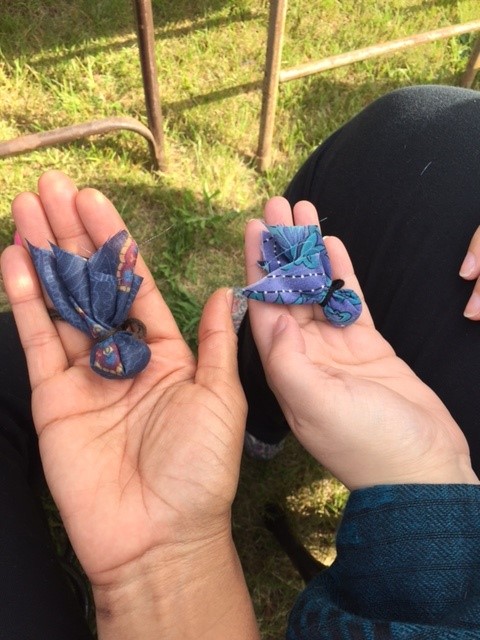Improving Cardiovascular Health through Collaboration in Red Cliff
Print this story [PDF – 220 KB].

CDC’s National Center for Chronic Disease Prevention and Control emphasizes the importance of funded programs and encourages collaborations among them. Two notable examples are the Good Health and Wellness in Indian Country (GHWIC) and the Well-Integrated Screening and Evaluation for WOMen Across the Nation (WISEWOMAN) programs. The WISEWOMAN program provides low-income, uninsured and underinsured women aged 40 to 64 screenings for heart disease and stroke risk factors and refers them to healthy behavior services. GHWIC is CDC’s largest investment to improve the health of American Indians and Alaska Natives and it supports culturally tailored policy, systems, and environmental approaches to reduce chronic disease across Indian Country.
Opportunity
Red Cliff Community Health Center, a GHWIC grantee in rural Red Cliff, Wisconsin, serves all people in the surrounding Bayfield County area but specializes in care for American Indians. During a site visit, the GHWIC project officer, identified that the health center was eligible for CDC’s Breast and Cervical Cancer Control Program, thereby could collaborate with the Wisconsin WISEWOMAN program. The project officer observed that the health center and the women it serves could benefit from the WISEWOMAN program.
Collaboration
The Red Cliff Community Health Center and the Wisconsin WISEWOMAN program were both excited to collaborate. Initial calls revealed challenges and opportunities for the state program to connect with tribes in Wisconsin. Some of the challenges included the lack of staff capacity or infrastructure to follow up screenings with clinical and behavioral support, administrative challenges, staff turnover, and the perception that Red Cliff was already providing WISEWOMAN (or similar) services. Despite these challenges, both grantees discussed the mutual benefit of collaboration on an initial call.
Sustaining Success
“Our work with Red Cliff has allowed us to experience real-life challenges and successes in assimilating two CDC cardiovascular disease control programs in a tribal clinic.”
–Maebe Brown, Wisconsin WISEWOMAN Program Coordinator
An assessment of Red Cliff’s capacity to deliver the WISEWOMAN program was completed in August 2017. Program funding and contracts have been approved and are in place. The Red Cliff Community Health Center has completed the WISEWOMAN program implementation training, including motivational interviewing training. Although the connection made between the Wisconsin WISEWOMAN program and the Red Cliff Community Health Center is in the initial phases, the programs are eager to make this collaboration successful and sustainable in both health systems interventions and community-clinical links. Collaborations like this one in Wisconsin can expand the collective impact of CDC-funded programs across a state to improve cardiovascular health.
Learn more about the WISEWOMAN Program.
Learn more about Good Health and Wellness in Indian Country.
- Look for demographic, geographic, and programmatic alignment in their state that makes sense for both programs.
- Make sure to have timely follow-up and communication with other collaboration facilitators.
- Have separate discussions with each program about the opportunity to collaborate in order to gauge interest (all collaboration facilitators should be present, if possible).
- Join the initial call to introduce the programs and continue to join additional meetings early on in the collaboration.
- Check in with each program separately and then help interested programs as needed.
- Work with both programs to showcase successful health outcomes in their priority population through data collection and evaluation.
